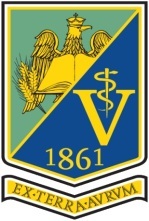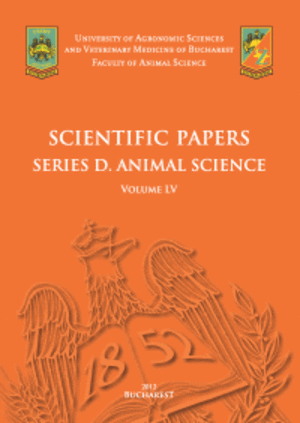Published in Scientific Works. Series C. Veterinary Medicine, Vol. LXXI, Issue 1
Written by Madalina Iulia SITEAVU, Roxana Ionela DRUGEA, Elena PITOIU, Elvira GAGNIUC, Emilia CIOBOTARU-PIRVU
The porcine respiratory disease complex represents a common polymicrobial condition that significantly impacts the worldwide swine industry. This study focused on identifying respiratory pathogens on a swine farm in Western Romania, where animals exhibited severe respiratory distress. A post-mortem examination was conducted on-site, followed by tissue sample and swab collection. Actinobacillus pleuropneumoniae, Pasteurella multocida, and Streptococcus suis were isolated. Real-time PCR analysis was conducted on five pooled samples, detecting Actinobacillus pleuropneumoniae in all of them. Alphainfluenzavirus influenzae (Swine influenza virus) was identified in two pools, while Circovirus porcine3 (Porcine circovirus 3) was present in one. All tested samples were negative for Betaarterivirus europensis (Porcine reproductive and respiratory syndrome virus), Mycoplasma hyopneumoniae, and Circovirus porcine2 (Porcine circovirus 2). Histopathology revealed necrotising haemorrhagic pneumonia or fibrinous suppurative bronchopneumonia. This study provides evidence of multiple pathogens in swine exhibiting severe respiratory distress, with Actinobacillus pleuropneumoniae as a predominant pathogen. The findings highlight the complex nature of porcine respiratory disease and underscore the need for targeted interventions to enhance swine health and production.
[Read full article] [Citation]



